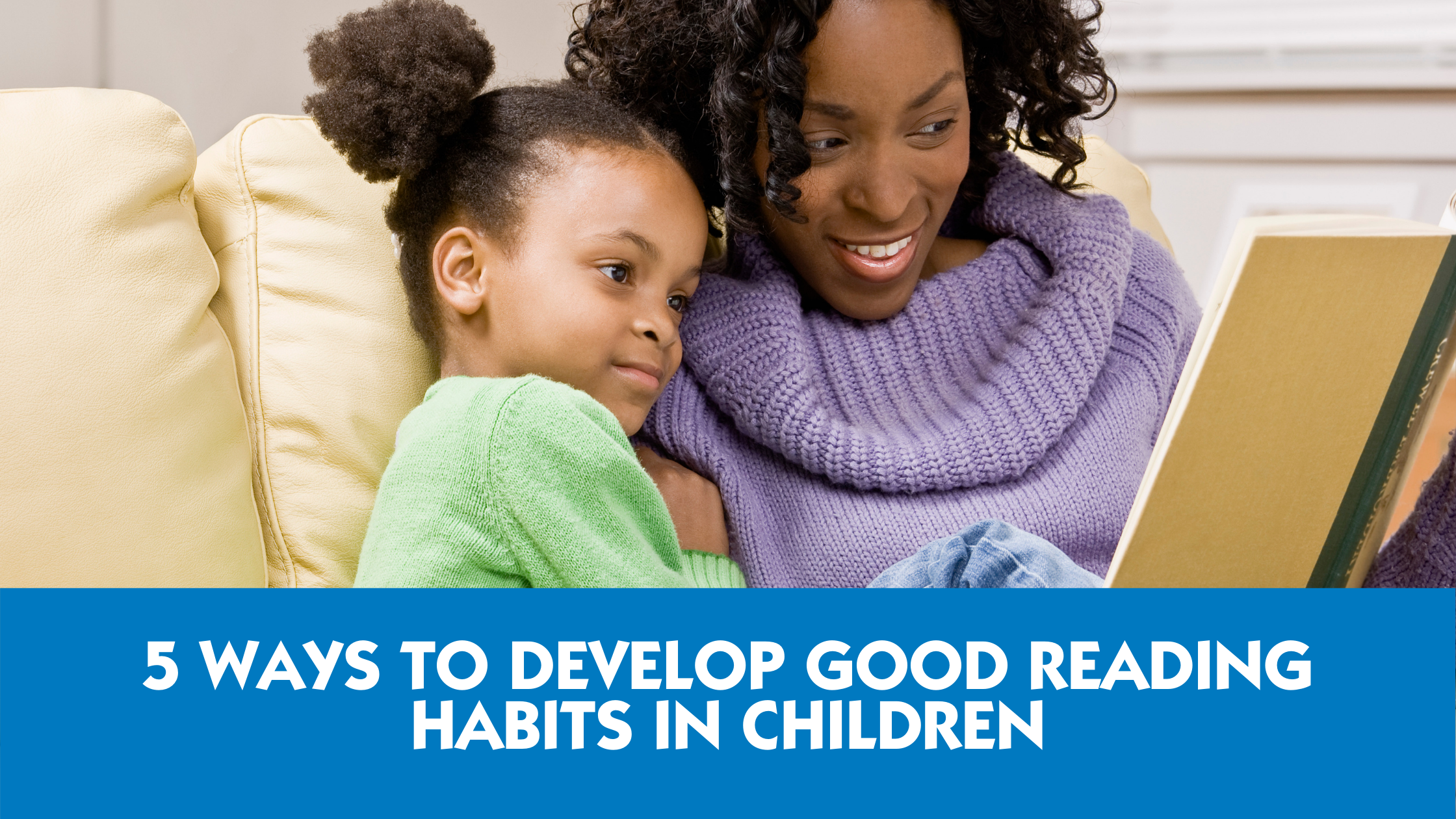
When your young child is feeling excited, nervous, happy, or overwhelmed they may not fully understand these emotions. This is because their emotional vocabulary is not yet fully developed. Often, when children do not understand what they are feeling, they can act out with negative behaviour.
Talking about emotions can help children understand them. Emotions can be complex and even adults can sometimes experience difficulty deciphering how they are feeling and why. Emotions can overlap over each other, they can conflict with one another, and they can breed other negative emotions when not understood properly – like confusion or frustration.
Often what helps people deal with emotions is knowing others feel the same way too. This is especially true for children who may not understand what they are feeling. Be sure to tell your children that sometimes you get frustrated too, and they’ll be comforted by the fact that they are not alone.
Naming emotions as you experience them is also very important – this shows a child how to appropriately react to a particular feeling. When you are upset, tell your children so. In time, they will relate to this emotion and learn the appropriate reaction to an emotion they have come to understand. You can also help by naming their emotions. Telling them that they must be feeling upset teaches them how to identify the same emotion when they experience it at a later time. Children need to know what an emotion is before they can manage it.
Another great way to teach children about emotions is to use the resources around you. Books are powerful teaching tools in this instance. Discuss the characters in books you read with your child and the emotions they are feeling. See if your child can identify the emotions without you telling them. This activity can help set your child on the path for emotional literacy.
At Childventures, we teach children about emotions through our various programs within children’s curriculums. The virtues program is an example of one of these programs. When we teach a child about the virtue of generosity, for example, opens up the opportunity for the discussion of how children feel when they are generous, when others are generous, or when they’re not.
We also use our Second Step program to teach children about emotions. In this program, children visually recognize and then label emotions they see on a picture chart. Teachers and children discuss the photos and brainstorm why someone would feel that way. The children are encouraged to discuss times they would feel those particular emotions.
Once an emotion is discussed in our Second Step program, we help the children brainstorm ideas and role-play what to do when they feel that emotion or how to help someone feeling that emotion.
Toddlers who are just learning about emotion may need simpler instruction regarding how to express and understand their emotions. We use mirror play to familiarize toddlers with different emotions.
Learn more about the importance of emotion in a child’s development by reading more about our programs!
